Tea Tree comes from Melaleuca alternifolia, a shrubby tree that likes sunshine, well-draining soils and mild winters. Origin lies in eastern Australia (New South Wales, Queensland), with cultivation now also in South Africa and Kenya. Warm days and cooler nights produce an oil that smells fresh, medicinal-spicy and remarkably clean. Walking past a field after harvest, you immediately get that “clear air” impression.
How the oil is extracted
The oil is produced by steam distillation of fresh leaves and young twigs. Finely cut plant material into the boiler, steam through it, then separate oil and hydrolate. Harvesting ideally occurs when the content of key components is high. Practical translation. Short drying before distillation can round out the fragrance; waiting too long costs sparkle. Good batches are rich in terpinen-4-ol with supporting terpenes giving the typically cool, clean signature.
Use and applications in practice
In aroma blends, Tea Tree is chosen for refreshment and order. A few drops in the diffuser and a work area of about 12 sq. ft. instantly feels cleaner and lighter. In wellness, you’ll see Tea Tree in massage and bath oils when a cool, clean note is desired. Little tip from practice. Start low in dosage and build up. Tea Tree is distinct and quickly grabs the lead in a blend.
Tea Tree in soaps and cosmetics
In skincare and bodycare, Tea Tree gives a bright, non-sweet freshness. Widely used in cleansers, toners, body wash and foot care where you want “clean and crisp” without citrus. In cold process soap, the scent holds up well, especially with an anchor such as cedar, benzoin or a dash of litsea. Concrete example. A batch of 1 kg of handmade soap with Tea Tree and a hint of eucalyptus still smells fresh and clean after four weeks of curing. In leave-on formulas formulate soberly; in rinse-off, it can be a little more generous. Always test the final scent in the real product.
Candles and home perfume with Tea Tree
Tea Tree gives quick diffusion in candles, fragrance sticks and room sprays and works well in entryway, pantry or studio where you want an immediate “fresh start.” In candles, you want to give the top note body. Combine with cedar, pine, vetiver or a touch of lemon for elevator. Guideline from practice. A 180 g soy wax candle with around 6% total fragrance, blend of Tea Tree, cedar and a dash of bergamot, gives a neat throw without getting too sharp. In room sprays, Tea Tree with lavandin is surprisingly bright and modern.
Features and benefits
-
Aroma. Fresh medicinal, spicy, clean with cool undertones.
-
Experience. Clearing, enlightening, energetic start.
-
Performance. Quick projection, clear profile, handles well with wood and light citrus.
-
Profile. Naturally rich in terpinen-4-ol, with terpenes that support its cool freshness.
It sounds almost minimalist, but it is precisely that clean, non-sweet clarity that makes Tea Tree so useful in perfume, cosmetics, soap and interior fragrance.
Quality and safety
Always dilute before skin use and do a patch test first. Avoid contact with eyes and mucous membranes. Do not use internally. Use with caution with young children and sensitive populations. Tea Tree is not phototoxic. Store cool and dark. Fresh oil smells more vibrant; oxidation may increase the risk of sensitivity, so seal bottles tightly and work with reasonable batch sizes.
Why choose organic
Organic cultivation avoids synthetic pesticides and supports soil health and biodiversity. Result. Clean, transparent origins and a consistent fragrance profile you can build on year after year. Whether you’re developing a cordial face wash, a CP soap for a studio in Utrecht or a room spray that should instantly say “clean and bright.” Tea Tree – Tea Tree Essential Oil Organic fits logically into a modern, natural product line.


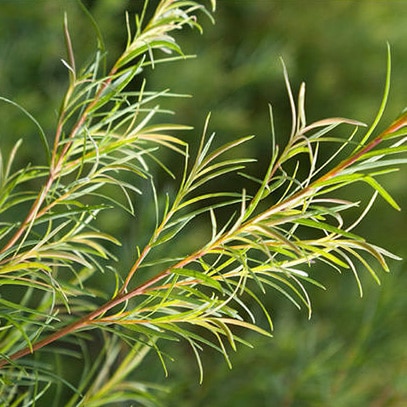

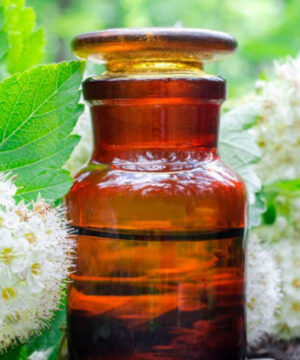
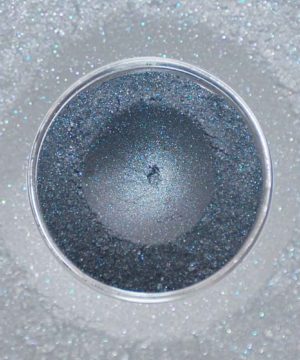
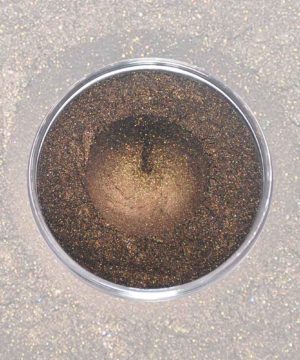
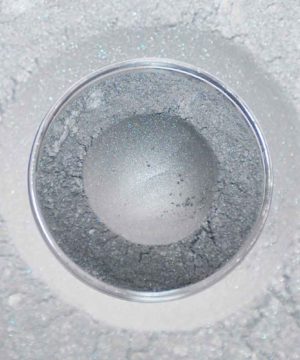
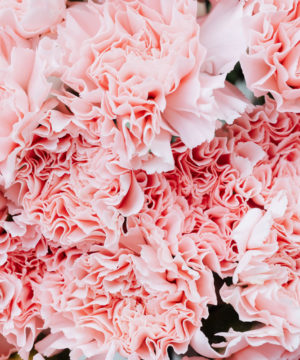
Reviews
There are no reviews yet.